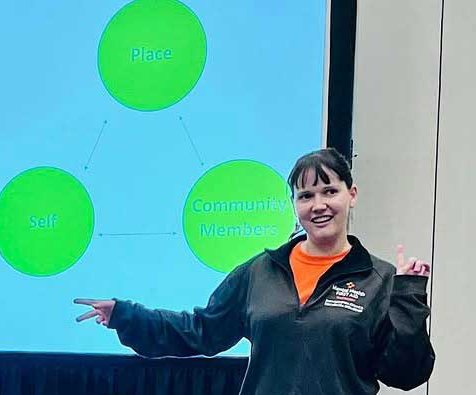
Last week at National Council Conference 2016, I spoke about the past ten years and the tremendous progress we have achieved together.
In Washington, we are in the midst of the most proactive and important public policy shift in over a generation. From the implementation of the Excellence in Mental Health Act demonstration, to continued funding for Mental Health First Aid, to the Senate’s recent approval of the Comprehensive Addiction and Recovery Act – longstanding National Council priorities are beginning to see the attention they so rightfully deserve.
This change didn’t happen overnight, though. It has taken years of continued hard work and advocacy by safety net behavioral health organizations, consumers, families and other stakeholders, for Congress to finally turn its focus toward eliminating barriers for consumers to access care and for providers to treat those in need. Lawmakers now know, because of our tireless efforts and your relentless advocacy, that the challenges facing mental health and addictions organizations today are pervasive and damaging. They now know that by supporting patients in accessing timely, high-quality care, our behavioral health system can improve health and save lives.
Here are just a few of the bills on Congress’ plate this week:
The Expand Excellence in Mental Health Act (S. 2525/H.R. 4567) – introduced by Senators Roy Blunt (R-MO) and Debbie Stabenow (D-MI) and Representatives Leonard Lance (R-NJ) and Doris Matsui (D-CA) -would expand the Certified Community Behavioral Health Clinic (CCBHC) demonstration program to include all twenty-four states that are currently planning their applications to participate. The National Council has worked side-by-side with these legislators for years to ensure individuals across the country have access to the care they need, whenever they made need it. Expanding this game-changing demonstration program would support states in increasing capacity in their behavioral health systems to care for more Americans and alleviate the pressure on our nation’s jails and emergency rooms.
The Mental Health Reform Act of 2016 was unanimously approved by the Senate Health, Education, Labor and Pensions (HELP) Committee on Wednesday. The National Council has worked closely with the bill’s authors to ensure the inclusion of critically important provisions. This bill would reauthorize and reconfigure a number of important programs within the Department of Health and Human Services (HHS) including Mental Health First Aid and the Primary and Behavioral Health Care Integration (PBHCI) program. The bill authorizes $15 million in grants for mental health awareness trainings, similar to the Mental Health First Aid program, for each of the next four years. It also reauthorizes and adapts the PBHCI program, calling on HHS to make available five-year, $10 million grants to states to widen the scope of integrated care activities and expand target patient populations to encompass youth and those living with substance use disorders. Spanning more than 160 pages, the bill also includes National Council-supported clarifications on Health Information Portability and Accountability Act (HIPAA) privacy laws as well as provisions to strengthen enforcement of mental health parity laws.
Mental health supporters in the Senate have expressed hope for speedy floor action on the Mental Health Reform Act. The National Council is working with lawmakers to further improve the legislation by adding the Excellence Act expansion as well as a provision that would support the adoption of health information technology by behavioral health organizations during floor consideration.
Another National Council-supported bill, the Medicaid Coverage for Addiction Recovery Expansion (CARE) Act, was introduced last week. This legislation would modify existing Medicaid payment prohibitions to allow payments for certain residential treatment facilities to treat individuals with substance use disorders. The National Council has been working for years with the bill’s authors – Senators Dick Durbin (D-IL) and Angus King (I-ME) – to increase the bed limit on residential substance use treatment facilities. This alteration would greatly expand the number of facilities capable of offering residential treatment for individuals with substance use disorders.
In this town, change takes a long time. But due to the groundwork that we have laid together over the last decade, we are seeing change happen before our very eyes. But our hard work is far from done. Introduction of bills is not enough: we need to speak up and continue to work with Congress to pass them into law.
That’s why we need you to join us this June 6-7 at Hill Day 2016, where we will once again bring our message and our voices to Capitol Hill to ensure that every American has access to the mental health and addiction treatment they need. Together, as we have done time and time again, we can bring change to our behavioral health care system and deliver results for those living with mental health and addictions.
The post Behavioral Health: It’s Hot on the Hill appeared first on Capitol Connector.



